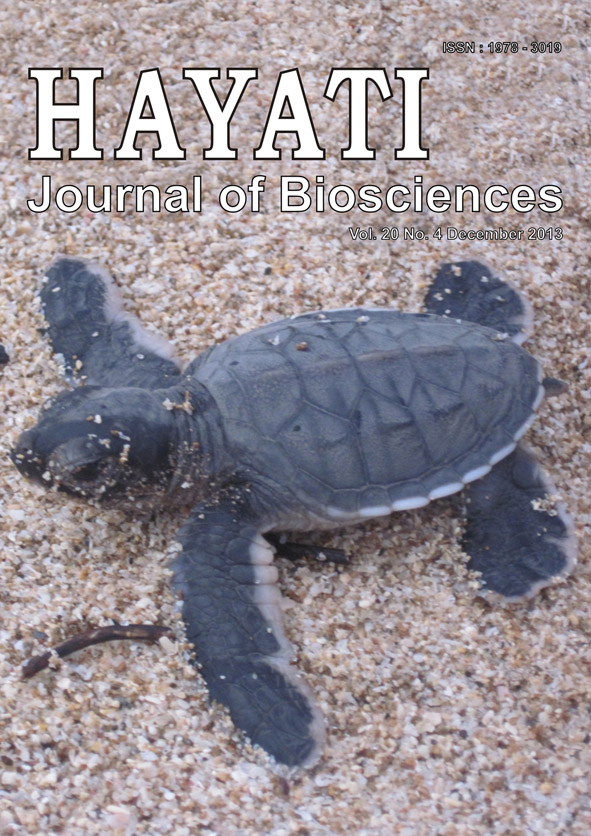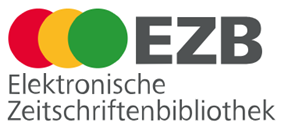Rye (Secale cereale L.) and Wheat (Triticum aestivum L.) Simple Sequence Repeat Variation within Secale spp. (Poaceae)
Abstract
Transferability of 25 rye and 20 wheat simple sequence repeat (SSR) markers were examined across Secale spp. to elucidate their genetic relationships. One hundred percent of rye and 75% of wheat SSR markers could be amplified in weedy and wild forms of Secale. However, only 84% of rye SSR markers were amplified in S. sylvestre indicating that this species had the furthest relation to the cultivated rye. The PCR products resulting from rye SSR tended to have similar size as the original size, while wheat SSRs tended to have a shorter size than that of the original size. Polymorphism in the allelic number and size was found in 68% of the rye and 40% of the wheat SSR markers. Several alleles were unique for the annual and perennial rye taxa, which were counted for 22 and 15%, respectively. Some SSR markers also produced specific alleles that could be used to identify certain taxa. The genetic relationships within the genus Secale based on SSR markers were discussed.Downloads
HAYATI J Biosci is an open access journal and the article's license is CC-BY-NC. This license lets others distribute, remix, tweak, and build upon author's work, as long as they credit the original creation. Authors retain copyright and grant the journal/publisher non exclusive publishing rights with the work simultaneously licensed under a https://creativecommons.org/


















.png) IPB University
IPB University Department of Biology
Department of Biology The Indonesian Biological Society
The Indonesian Biological Society 

